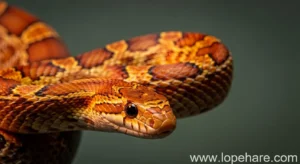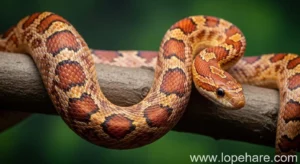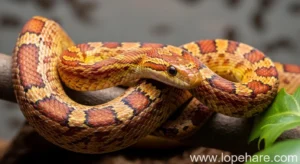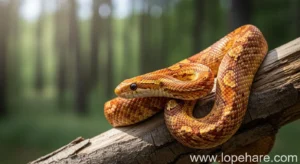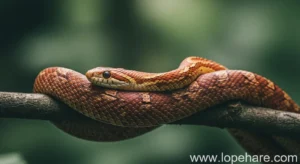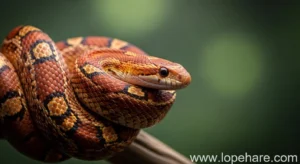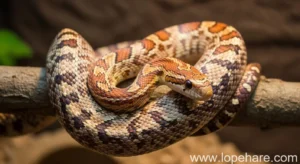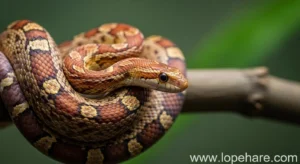DIY Accessories for Your Corn Snake’s Enclosure
The Value of DIY Enrichment
At LopezHare, we’re passionate about providing comprehensive, professional care information for niche pets, including fascinating reptiles like the corn snake (Pantherophis guttatus). Creating a stimulating and appropriate enclosure is fundamental to their well-being. While many commercial options exist, diving into DIY projects allows you to customize your snake’s environment perfectly and often save money. Plus, there’s a unique satisfaction in crafting something beneficial for your scaly companion.
Why DIY for Your Corn Snake?
Corn snakes are naturally curious and active animals. In the wild, they climb trees, navigate rocky crevices, and burrow beneath leaf litter. A successful captive environment should cater to these natural behaviors. Simply providing a basic substrate and a water bowl isn’t enough for optimal mental and physical health. DIY accessories allow you to:
- Mimic their natural habitat more closely.
- Provide multiple hiding spots and climbing opportunities.
- Introduce varied textures and exploration points.
- Encourage natural behaviors like burrowing, climbing, and thermoregulating.
- Ensure enrichment items are sized and structured specifically for your snake.
Investing time in building thoughtful accessories contributes significantly to preventing stress, obesity, and boredom-related issues.
Essential DIY Projects: Hides
Hides are non-negotiable for any snake enclosure. Corn snakes are crepuscular (most active at dawn and dusk) and need secure, dark places to feel safe and digest food. You should provide at least two hides: one on the warm side and one on the cool side of the enclosure to allow the snake to regulate its temperature while feeling secure.
Types of Hides You Can DIY
- Simple Box Hides: An old plastic container with a smooth, entry hole cut out (ensure no sharp edges) makes an easy, cleanable hide. Terra cotta pots, broken in half or with an opening, also work well.
- Cork Bark Rounds: Natural cork bark tubes or half-rounds provide excellent hiding places that also add a natural aesthetic. Ensure the opening is large enough for your snake to enter and exit easily.
- Naturalistic Burrows: Using substrate depth and larger pieces of cork bark or flat rocks (secured to prevent collapse), you can create more natural-looking burrow systems.
Safe Materials for DIY Hides
Choosing the right materials is paramount to your snake’s health. For hides and other DIY projects, always prioritize non-toxic, easy-to-clean, and durable materials. When considering materials for DIY corn snake hides or climbing structures, stick to:
- Untreated Wood: Natural branches (see below), cork bark, or untreated, kiln-dried pine or popular are generally safe. Avoid aromatic woods like cedar or pine that haven’t been kiln-dried, as they can release harmful oils.
- Plastics: Food-grade plastic containers are excellent. Ensure they are clean and free from any residues.
- Ceramics/Terracotta: Untreated pots or ceramic tiles are safe.
- Rocks: Smooth, non-porous rocks are fine, provided they are thoroughly cleaned and secured.
Avoid Adhesives and Paints: If you need to join materials, use reptile-safe silicone sealant after it has fully cured and aired out for several days. Avoid paints unless they are specifically labeled reptile-safe and non-toxic *after* drying. When in doubt, skip the paint.
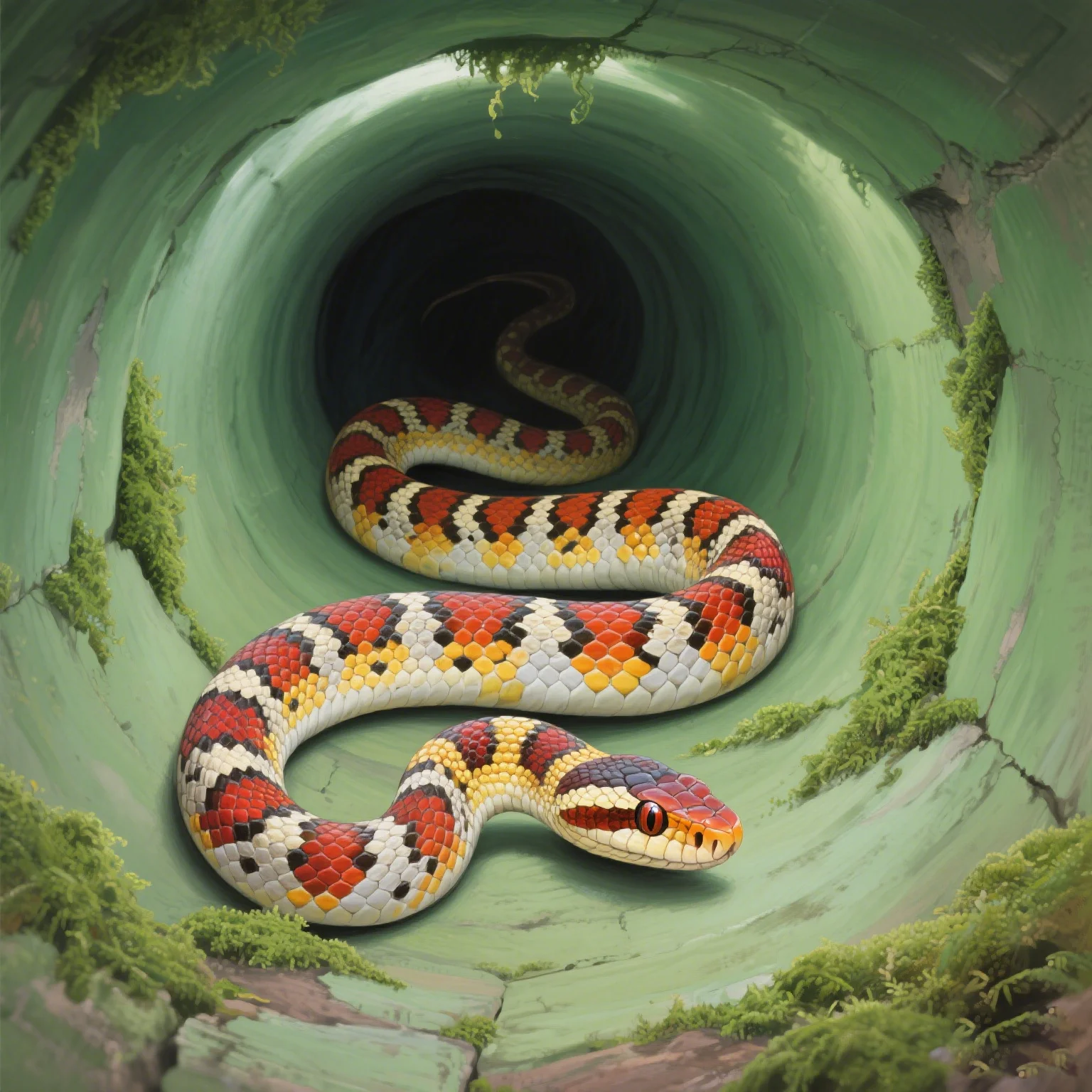
Climbing & Perching Structures
Corn snakes are semi-arboreal, meaning they enjoy climbing. Providing vertical space and structures is crucial for enriching their environment and allowing them to exercise and explore different temperature zones.
Branches & Cork Bark
Finding branches can be as simple as looking in your yard or local park. Hardwoods like oak, maple, and fruit trees (apple, pear – ensure no pesticides) are good choices. Avoid softwoods and anything that crumbles easily. Collect fallen branches rather than breaking live ones.
Preparation: Always sterilize collected branches. You can bake them in an oven at around 250-300°F (120-150°C) for an hour or soak them in a diluted bleach solution (1 part bleach to 10 parts water) for several hours, followed by a thorough rinse and air drying for several days to ensure all bleach residue is gone.
Secure branches firmly within the enclosure so they cannot fall and injure your snake. Use reptile-safe silicone or secure mounting points.
Elevated Platforms
Simple platforms can be constructed from safe wood or plastic sheeting, supported by sturdy legs or mounted to the enclosure sides (if using a solid-sided tank) using strong, reptile-safe adhesive or screws on the outside. These provide additional basking or resting spots off the ground.
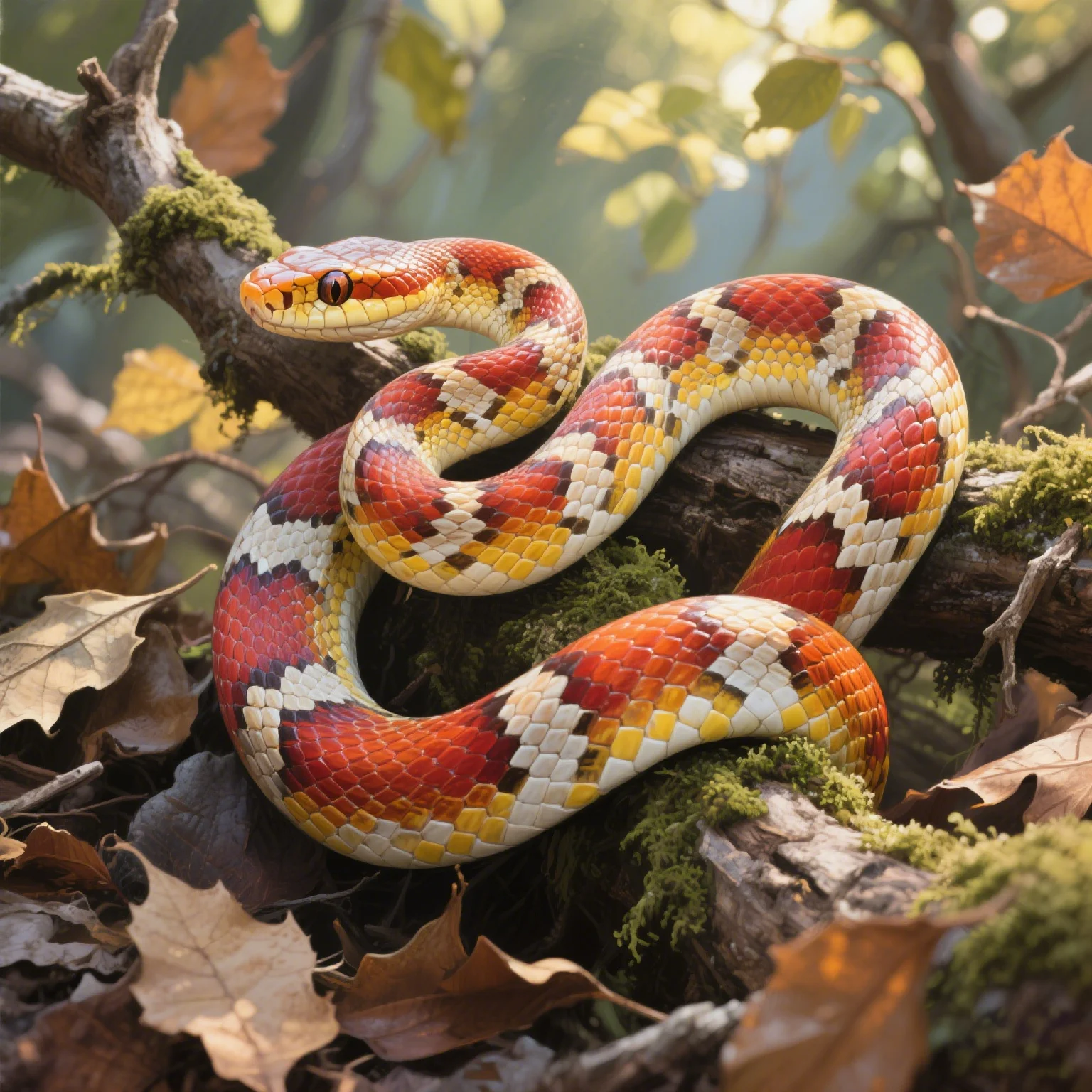
Substrate Enrichment
Corn snakes are also known for their fossorial behavior, meaning they naturally burrow into the substrate. Providing a deep layer of appropriate substrate allows them to engage in this important activity. According to Wikipedia’s entry on the corn snake, their ability to burrow is a significant part of their natural history.
Creating Burrowing Opportunities
Use a substrate that holds burrows well, such as aspen shavings (ensure it’s clean and dust-free), cypress mulch, or a soil/sand/coconut fiber mix. Provide at least 3-4 inches of substrate depth, more if your enclosure is tall. You can also place pieces of cork bark or other structure *on* the substrate surface; your snake will often use these as starting points for creating tunnels underneath.
Adding Textures
Varying the textures within the substrate can also provide enrichment. You can mix in small amounts of sterilized leaf litter (from non-toxic trees), larger pieces of cork bark, or smooth, sterilized pebbles (ensure they are too large to be accidentally ingested).
Other Simple DIY Ideas
Beyond hides and climbing structures, consider these simple DIY additions:
- Tubes & Tunnels: Cardboard paper towel or toilet paper rolls (ensure no glue residue is accessible), or PVC pipes cut to size, can make temporary or permanent tunnels.
- Fake Plants: Silk or reptile-safe plastic plants can add visual barriers and places for your snake to hide behind or explore. Secure them well.
- Scent Enrichment: Occasionally introduce items with novel but safe scents (e.g., a clean, shed snake skin from another healthy snake, or a small amount of bedding from a feeder animal *before* feeding) to encourage exploration.
Safety First: Crucial Considerations
When creating DIY accessories, always prioritize your snake’s safety:
- Ensure all items are stable and securely anchored so they cannot fall and injure the snake.
- Check for any sharp edges, points, or splinters and sand them smooth.
- Use only materials confirmed to be non-toxic to reptiles.
- Thoroughly clean and sterilize any natural items collected from outside.
- Avoid using tapes, glues, or adhesives where the snake can reach them unless they are specifically labeled as reptile-safe *after* curing.
- Regularly inspect DIY items for wear, damage, or mold and clean or replace as needed.
Always Research Materials: Before using any material, do your research to confirm it is safe for corn snakes. If in doubt, it’s better to choose a different material or purchase a commercial product.
Conclusion
DIY accessories offer a wonderful way to enhance your corn snake’s enclosure, providing essential enrichment that caters to their natural instincts. From creating secure hides and climbing structures to offering opportunities for burrowing, your efforts will contribute significantly to your snake’s physical and psychological health. While commercial options are available, the ability to customize and the satisfaction of building these items yourself make DIY a rewarding path for any corn snake enthusiast. By focusing on safe materials and secure construction, you can craft a truly stimulating environment where your corn snake can thrive.
References:
